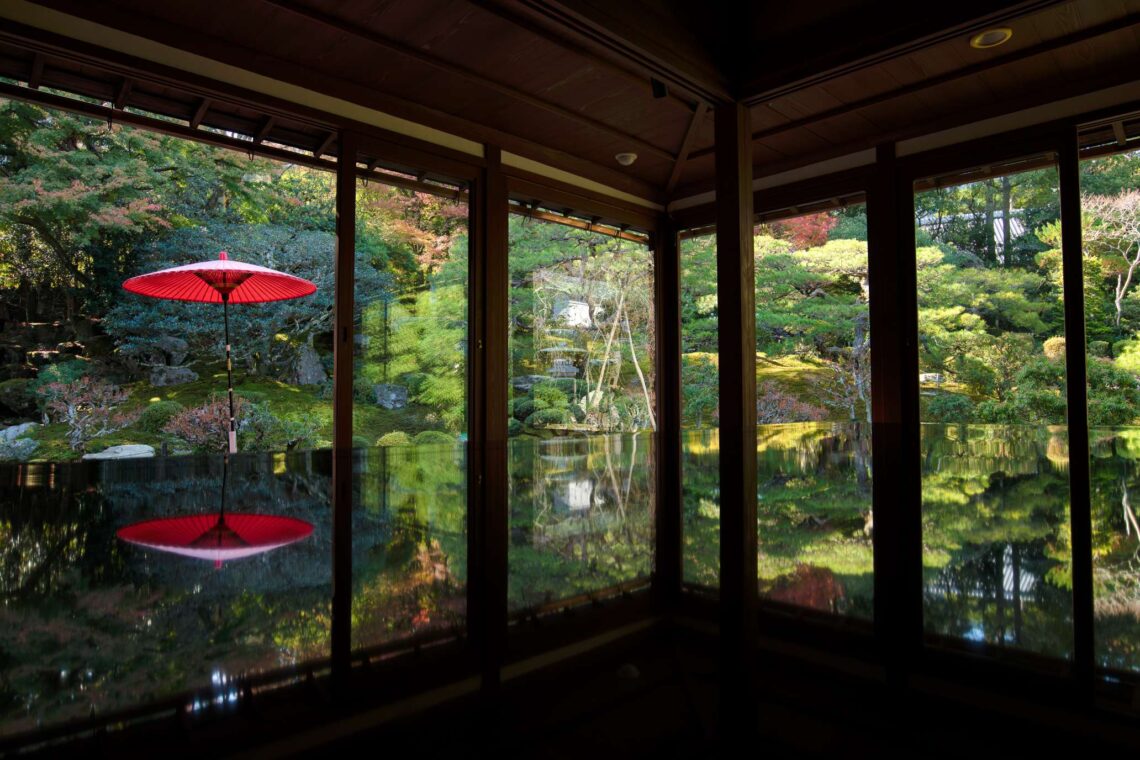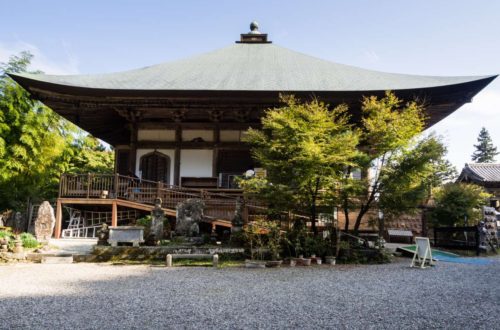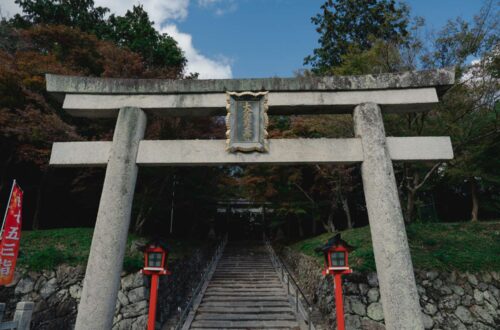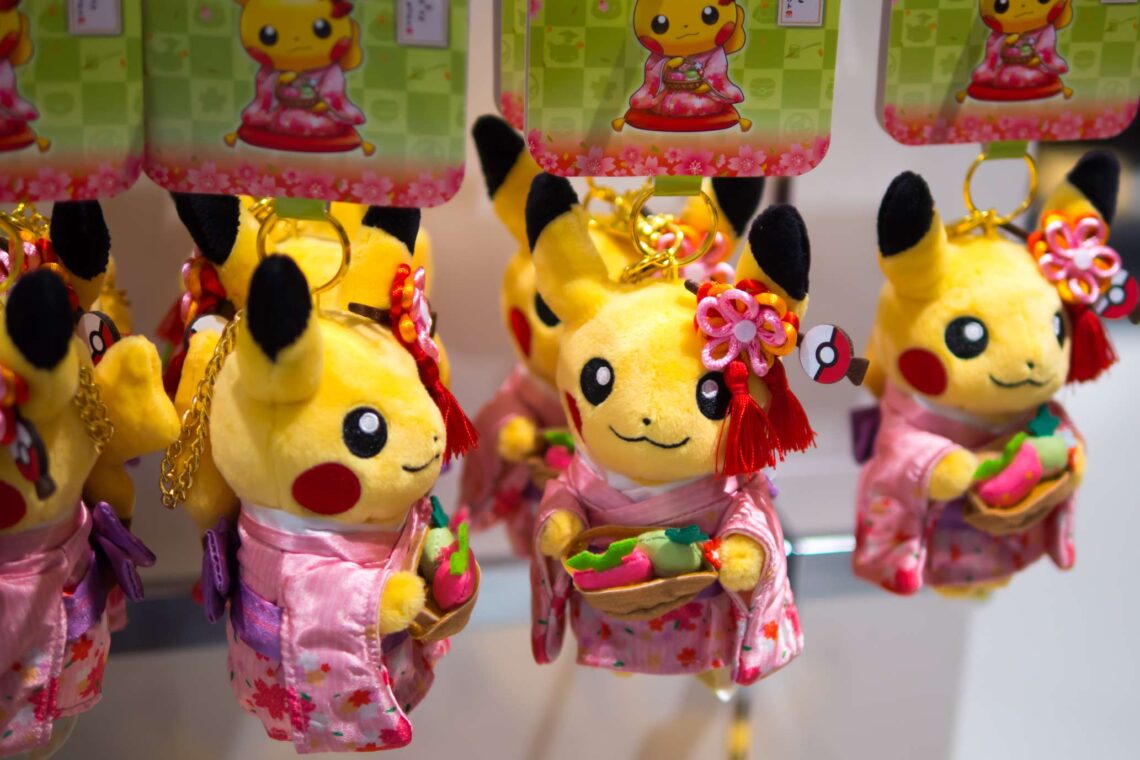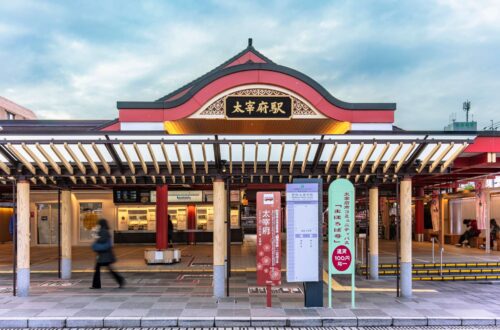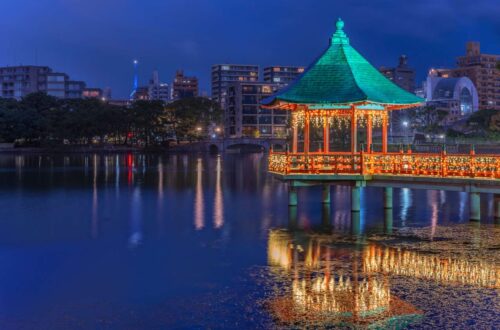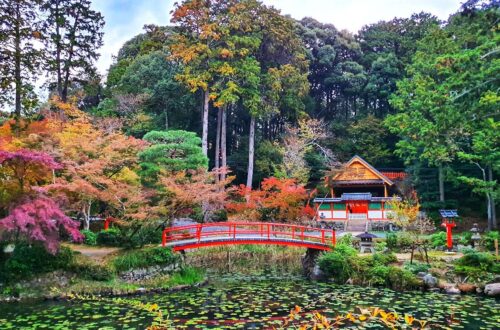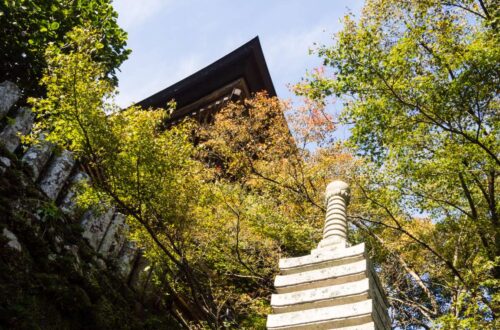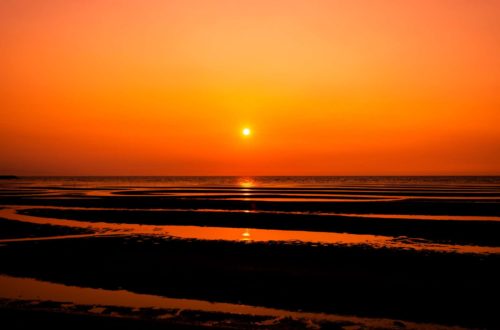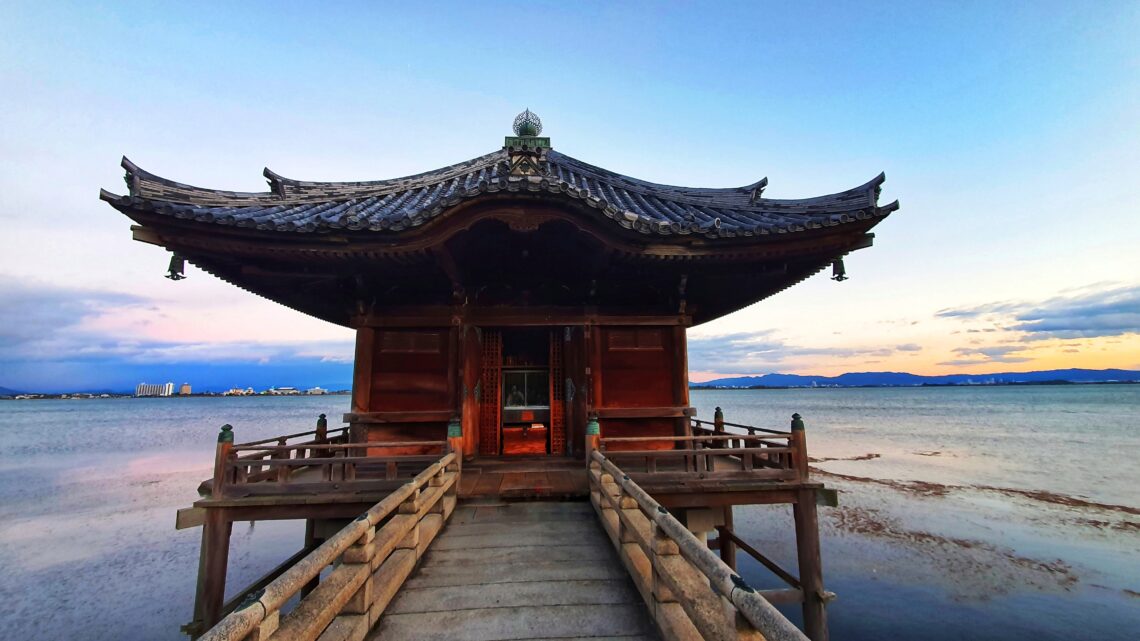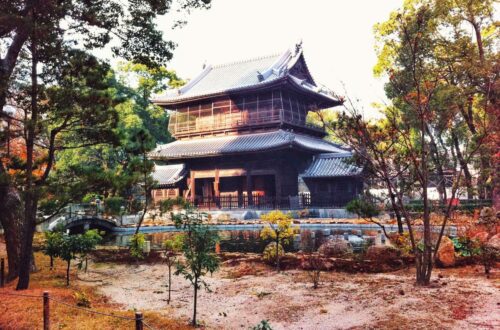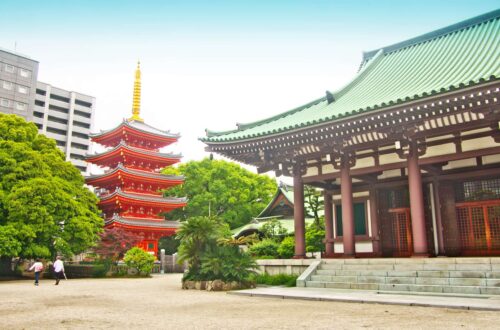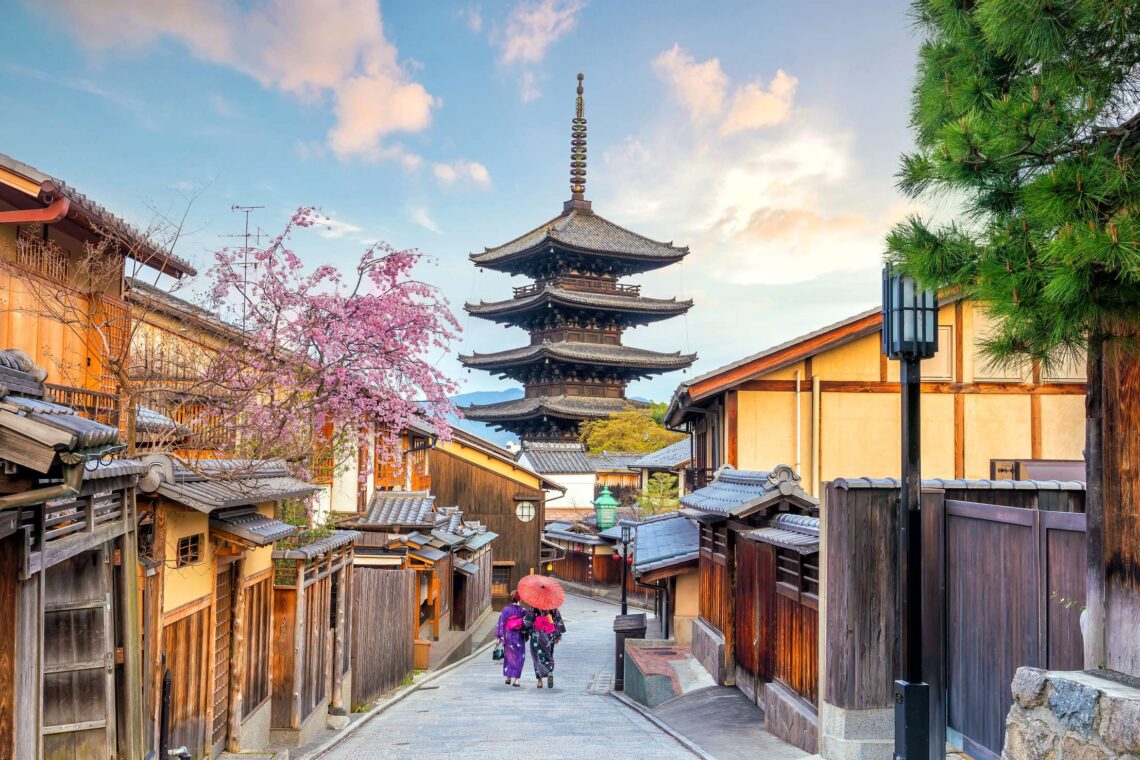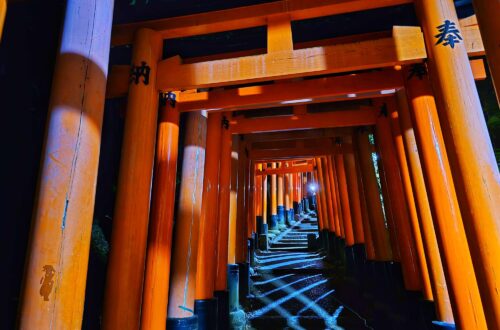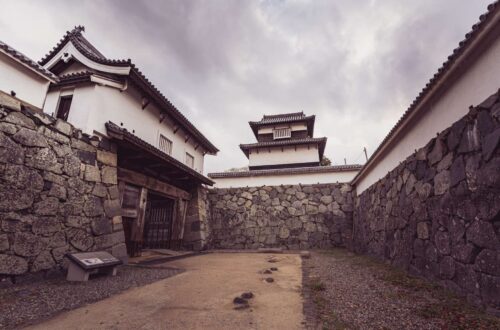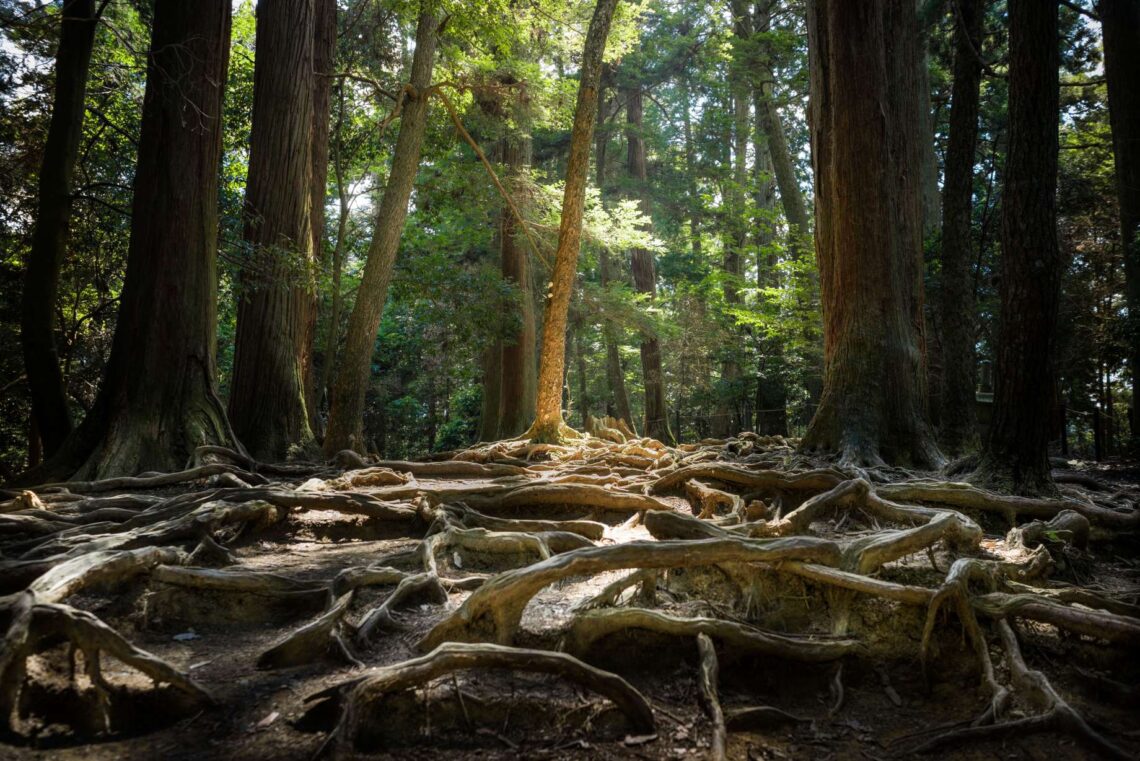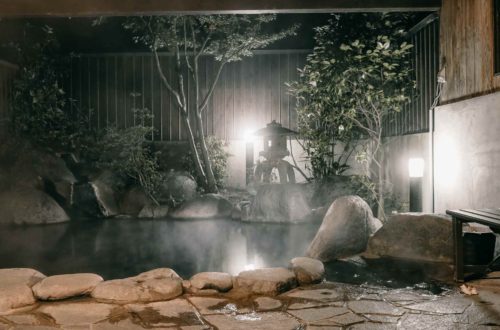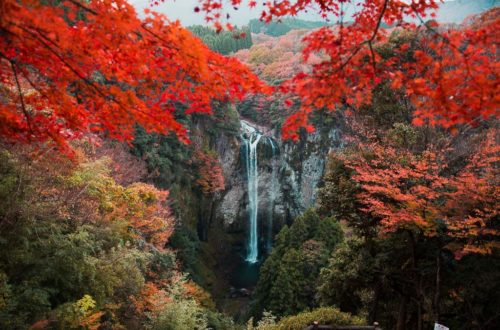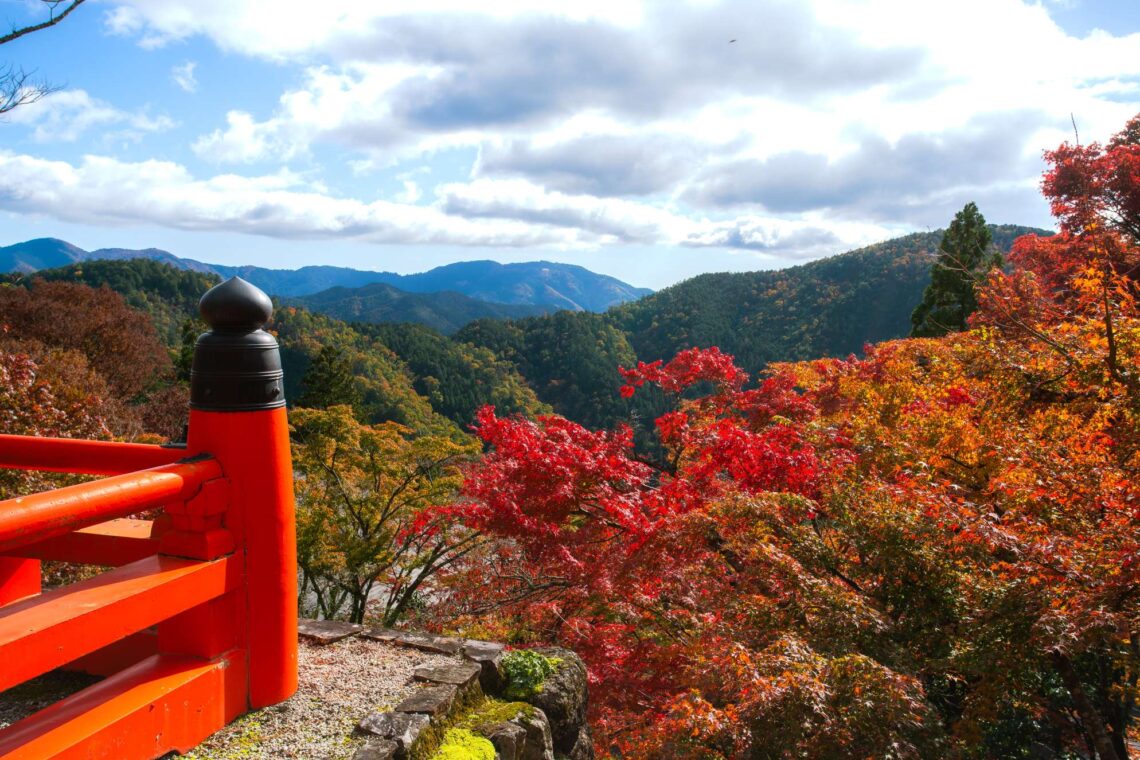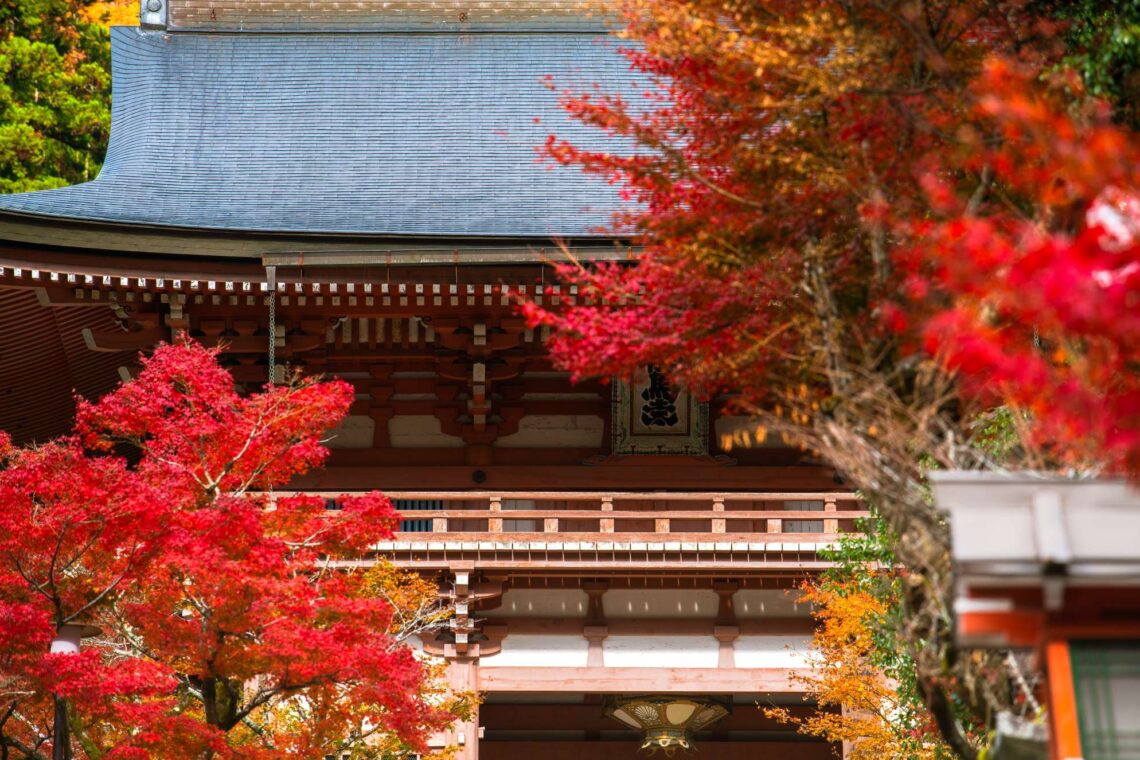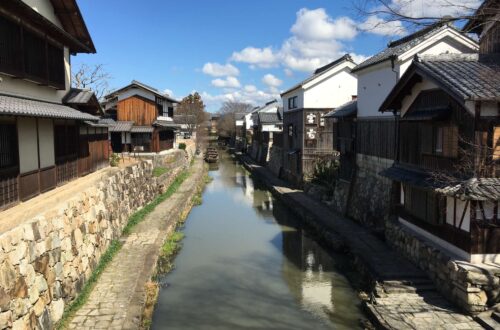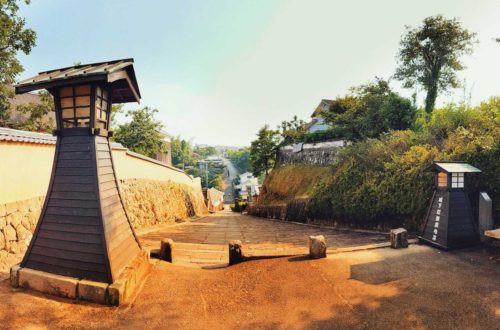For The Photography Fans
-
Former Chikurin-in Temple – The Ultimate Travel Guide
Located in the town of Sakamoto (坂本) near Kyoto (京都), lies the small and quaint Former Chikurin-in Temple (旧竹林院). Don’t underestimate this small temple though as this place is not only a scenic beauty but also once served as a Satobo (里坊), or a residence for retired monks. Today, this place is famously known among locals for its scenery of its garden reflection captured on a low table setup in Japanese-style rooms. History A Little Historical Background This site is located at the foot of the famed Mt Hiei (比叡山 or Hiei-zan) which houses the massive temple complex of Enryakuji (延暦寺) at its summit. At its peak, Enryakuji had over…
-
Pokemon Center Kyoto – The Most Traditional Japanese Pokemon Center
Amidst the ocean of rustic historical sites in Kyoto (京都), lies Pokemon Center Kyoto (ポケモンセンター京都), one of the most traditionally Japanese Pokemon Centers across Japan. Being a fan of Pokemon myself together with my wife, we actually visited here twice simply for the sheer variety of Pokemon merchandise products it has to offer. With that said, here is our guide and details of our adventures into the world of Pokemon Center Kyoto. Disclaimer: This article contains affiliate links. If you book after clicking on one of these links then I may receive a small commission at no extra cost to you. But First, Stay Connected with Portable Wifi! While there are…
-
Kibune – A Complete Travel Guide to Kyoto’s Mystical Village
At the north of Kyoto’s majestic mountains lies the quaint village of Kibune (貴船). Since the ancient times, Kibune has been long associated with spirituality and tranquility; attracting many local visitors throughout the centuries who are seeking a retreat from the bustling city life. Let’s find out what makes this hidden village so attractive. Introducing Kibune & Its Surrounding Myths Kibune’s founding mainly stemmed from the legendary founding of Kifune Shrine (貴船神社). The shrine itself is one of the oldest in Japan when the goddess, Tamayori-hime (玉依姫) ordered the construction of the shrine as she was impressed with the purity of the water and the spirituality of the area. For…
-
Kifune Shrine – A Complete Guide to Kyoto’s Mystical Shrine
Amidst the lush forest and tranquil mountains of Kyoto (京都) lies the mystical Kifune Shrine (貴船神社) in the village of Kibune (貴船). Among all the shrines that are located within the mountains of Kyoto, Kifune Shrine is undisputedly the most famous of them all among the local community. Yet, it’s presence remains relatively low among international tourists. In this round, let’s explore the enchanting Kifune Shrine. Introducing Kifune Shrine The Legend Behind Its Founding Kifune Shrine is one of the oldest shrines in Japan; with the shrine records detailing its reconstruction around 1,300 years ago. This means that it is as old; if not older than the ancient capital Kyoto…
-
Ukimido – A Complete Guide to Lake Biwa’s Iconic Scenery
Ukimido (浮御堂) is recognised one of the Eight Great Views of Omi (近江八景; pronounced Oumi Hakkei) and is easily the poster boy of the group. Ask any local who stay around Lake Biwa (琵琶湖 or Biwa-ko) to recommend a photogenic spot around the lake and most likely their answer is Ukimido. Despite locating in the city of Otsu (大津) and its close proximity to Kyoto, this little temple is still relatively unknown among the tourist radar. This is a blessing in disguise however, as this makes it an ideal spot for those looking to enjoy a lake scenery in peaceful state of mind. Now what makes this little temple so…
-
5 Secret Kyoto Travel Tips for First Timers
It is no secret that a Kyoto travel experience is highly sought after among the travel community. Being the former ancient capital of Japan, Kyoto (京都) features a plethora of beautiful historical sites ranging from temples, shrines, and even teahouses and restaurants. Despite this, Kyoto is also infamously known for its overtourism; hundreds of tourists hogging at famous sites including Kiyomizudera, Fushimi Inari Taisha and even the streets of Gion District. So much so that even the local council passed a law to banned tourists from entering certain private streets in the Gion District. Nevertheless, travelling in Kyoto can be made much more relaxing with these tips in mind. Here…
-
Kurama to Kibune Hike – A Complete Day-Trip Guide from Kyoto
An enriching experience not to be missed is to visit the villages of Kurama (鞍馬) and Kibune (木船) up north of Kyoto; and part of the experience is the Kurama to Kibune hike itself. The hike itself connects Kurama (known for its temple with esoteric religious belief) and the picturesque Kibune which is famous for its shrine and high-end restaurants. Along the hike, one will go through the holy mountains of the area that gave birth to Reiki therapy (霊気), filled with towering cedar trees, little rustic shrines and a combination of dirt trails and paved paths. With that expectation in mind, let’s go deeper into this unique hiking experience.…
-
Kurama-dera Temple – The Ultimate Travel Guide
While my wife and I went on a day trip to escape the bustling Kyoto to Kurama (鞍馬), Kurama-dera Temple (鞍馬寺) turned out to be one of our favourite highlights in our Kyoto trip. In fact, climbing mountains was undeniably a nightmarish activity for my wife and we did not know what to expect out of Kurama Temple. To our surprise, Kurama-dera turned out to be a pleasant temple to visit. The remote natural beauty together with the lack of tourist crowds makes this one of our favourite temples to visit in Japan. Introducing Kurama-dera Location Kurama-dera is located up north of Kyoto at the base of Mt Kurama (鞍馬山).…
-
Kurama Dera Temple – Kyoto’s Captivating Mountain Temple
Amidst the numerous wooden and rustic temples in the ancient capital of Kyoto (京都); Kurama Dera Temple (鞍馬寺/Kurama-dera) stands out from the rest as a mountain temple. It is located up in the mountains of Kurama; a spot renowned among locals as a spiritual power spot and also home to the legendary tengus (天狗). So what about this temple that makes it a fascinating site to visit? Let’s explore the background behind this scenic temple. History of Kurama Dera Temple The history of Kurama mainly started from AD 770 when the monk from China Gancho (鑑禎). One night, the monk dreamt of a spot containing great source of spiritual energy…
-
Oharano Shrine – The Ultimate Guide to Kyoto’s Hidden Gem
It is no surprise that Kyoto (京都) is home to a plethora of temples and shrines, both large and small; including the highlight of today’s post, Oharano Shrine (大原野神社). Oharano Shrine is among the hundreds of shrines in Kyoto that is relatively hidden from the usual tourist radar. While it is rather secluded; it makes up for it with its captivating nature scenery as well as a rich history behind its founding (see my trivia post about this shrine). To find out what the shrine beholds, lets explore its beautiful in today’s post. Exploring Oharano Shrine Location Oharano Shrine is located at Nishikyō Ward (Nishikyō-ku/西京区); aka the Western Capital Ward.…
